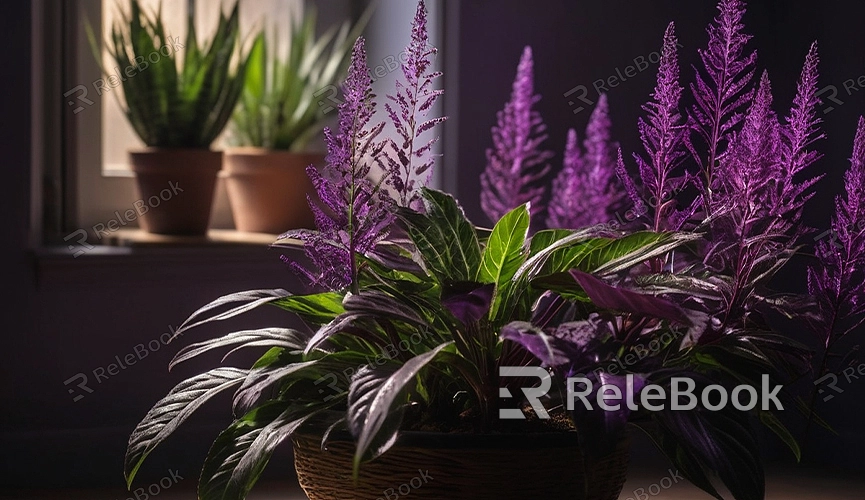How to render png sequence in blender
Interested in rendering a PNG sequence in Blender? A PNG sequence consists of a collection of continuous PNG images, typically used for creating animations or effects. In this article, I'll walk you through the steps to render a PNG sequence in Blender, helping you easily grasp rendering techniques and create high-quality animation effects.
1. Open Blender Software
First, make sure you have installed and opened Blender software. If you haven't installed it yet, you can download and install the latest version from the official Blender website.

2. Import Your Scene or Model
In Blender, you can create your own 3D scene or import existing model files. Whether you're rendering a static scene or an animation sequence, you need to import the scene or model into Blender first.
3. Set Render Parameters
In Blender, click on the "Render" option in the top menu bar and select "Render Settings." In the render settings panel, you can adjust various rendering parameters, including resolution, frame rate, output path, etc. Make sure you have set the output format to PNG to generate a PNG sequence.
4. Set Output Path
In the render settings panel, locate the "Output" option and set the output path. This is the location to save the rendered results. You can choose a folder you like and set a file name prefix.
5. Set Frame Range
If you're rendering an animation sequence, you need to set the frame range. In the render settings panel, find the "Frame Range" option and set the start and end frames. Make sure you select the correct frame range to render the animation effect you want.
6. Start Rendering
After setting all parameters, you can click the "Render" button in the render settings panel to start rendering the PNG sequence. Blender will render the scene frame by frame and save it as a continuous PNG image sequence.
7. Monitor Rendering Progress
During the rendering process, you can find the rendering progress bar at the bottom of Blender's main interface. This progress bar displays the rendering progress of the current frame and the estimated remaining time for the entire rendering process.
8. View Rendered Results
After rendering is complete, you can find the rendered PNG sequence in the output path. You can use any image viewer to view these images or import them into video editing software for post-processing.
9. Export to Video (Optional)
If you want to convert the PNG sequence to a video file, you can use Blender's built-in video editor or other video editing software. Import the PNG sequence into the video editing software, set the frame rate and encoding options, and then export it as a video file.
10. Adjust Rendering Settings (Optional)
During the rendering process, you can adjust rendering settings at any time to achieve better rendering effects. You can try different resolutions, sampling rates, lighting settings, etc., to find the most suitable rendering parameters for your scene. If you need high-quality 3D textures, HDRI, or downloadable 3D models while creating models and virtual scenes, you can download them from Relebook and import them directly into your models for immediate use.

